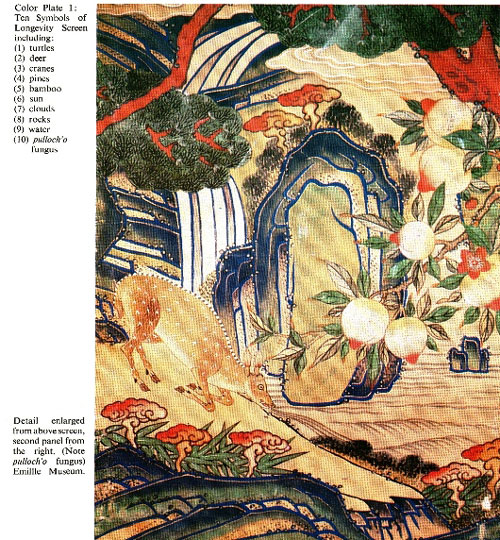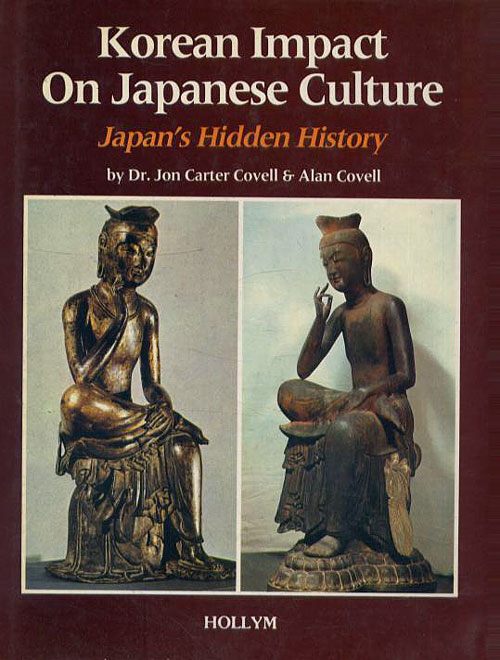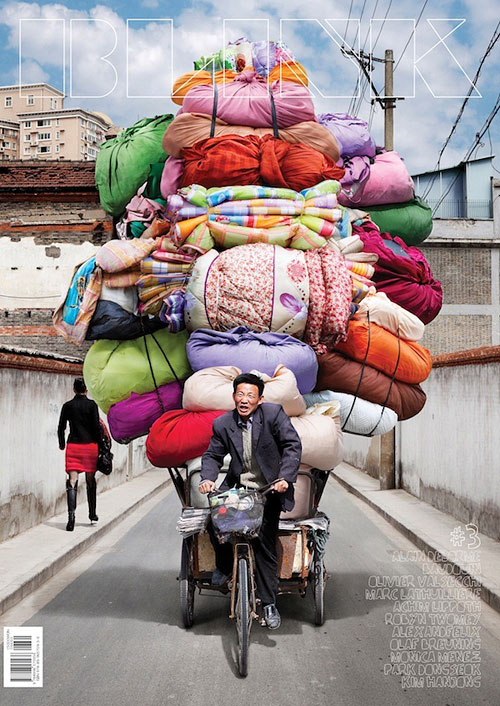
Korea Caught in Time by Terry Bennett
Imprint: Garnet
Authors: Terry Bennett
Co-editors: Martin Uden
ISBN: 9781859642214
Binding: Paperback
Publication Date: June 2011
East Asian photography historian Terry Bennett blesses us with a paperback reprint of his woefully rare 1998 hardcover photo journal Korea: Caught in Time. A satisfying serving of some the earliest surviving prints on Korea, Bennett graciously but briefly narrates some of the stories behind the photos from his impressive private collection. Featuring a concise and informative introduction by former British Ambassador to Korea Martin Uden, this excellent compilation is one of the few of its kind. In addition to the varied subjects and locations included from the author's collection, this photo book is also sparingly padded with various prints from other public and private collections that span from the 1870s to the early 1900s.
The book begins with a contextual background on Korea's international state of affairs prior to the introduction of the camera by foreigners. The meat of the book, though, is but only sprinkled with relevant background knowledge and instead favors a photographic exposé approach. This contrasts the compendium storytelling of Donald Clark's Missionary Photography in Korea or even John Rich's jaw-droppingly stunning Korean War in Color. Bennett's collection is more fundamental than these other photo journals; it tells what little remains of the earliest photographs of Korea. According to Bennett, pickings were slim for the time: "It is no exaggeration to say [...] that for every one Korean print dating from the 1880s, I would expect to see 500 Japanese prints. That ratio for the 1870s would be worse, and 1860s Korean prints may be non-existent." (p.18). Considering the scarcity of surviving photos, urban myths, general public misunderstanding about the photographic process, and the prevalence of non-Korean photographers, it's a wonder how Bennett was even able to accumulate the collection we have here.
Bennett's extensive knowledge of photography in Japan, China and Korea coalesce in this generous collection. It's definitively niche, but it's good niche; it's a historically significant collection that deserves to be printed. My only gripe is that it's only 144 pages and can be effortlessly finished in a single sitting. True to form, though, there are several prints that the reader will not only stare at, but also come back to admire; characteristics of a good collection, indeed. For those with an interest in late nineteenth and early twentieth century Korea, this book is worth the price of admission.













